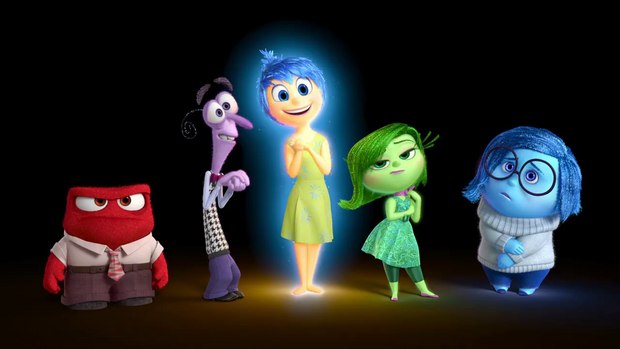New release of popular subdivision surface library brings improved performance and reduced memory consumption, while continuing to leverage the massive parallelism available on modern GPU and CPU architectures.
EMERYVILLE, CA -- Pixar Animation Studios and DreamWorks Animation have announced the release of OpenSubdiv version 3.0, the popular subdivision surface library. This joint effort by the studios’ graphics R&D teams brings improved performance and reduced memory consumption, while continuing to leverage the massive parallelism available on modern GPU and CPU architectures.
OpenSubdiv 3.0 takes a bold step forward with a near complete rewrite of the library, greatly improving performance and simplifying the API.
“We learned a lot of lessons from OpenSubdiv 2.0, in terms of design, performance, and especially the importance of usability,” said Jeremy Cowles, GPU team lead at Pixar. “We want OpenSubdiv to be efficient, flexible, and approachable, not just for largescale integrations, but also for smaller projects, students and studio R&Dwith 3.0, we’ve taken huge steps in the right direction for everyone.”
The deep changes to the library have also yielded new levels of performance not previously achievable: GPU subdivision performance has been improved by a factor of 4x, while the core CPU subdivision algorithms have been improved by an order of magnitude, a 10x speedup.
Thanks to a revamp and simplification of the GPU shader architecture, screenspace feature adaptive tessellation in OpenSubdiv 3.0 is faster, simpler and now fits well into any existing rendering architecture, a huge improvement for DCCs and game engines.










